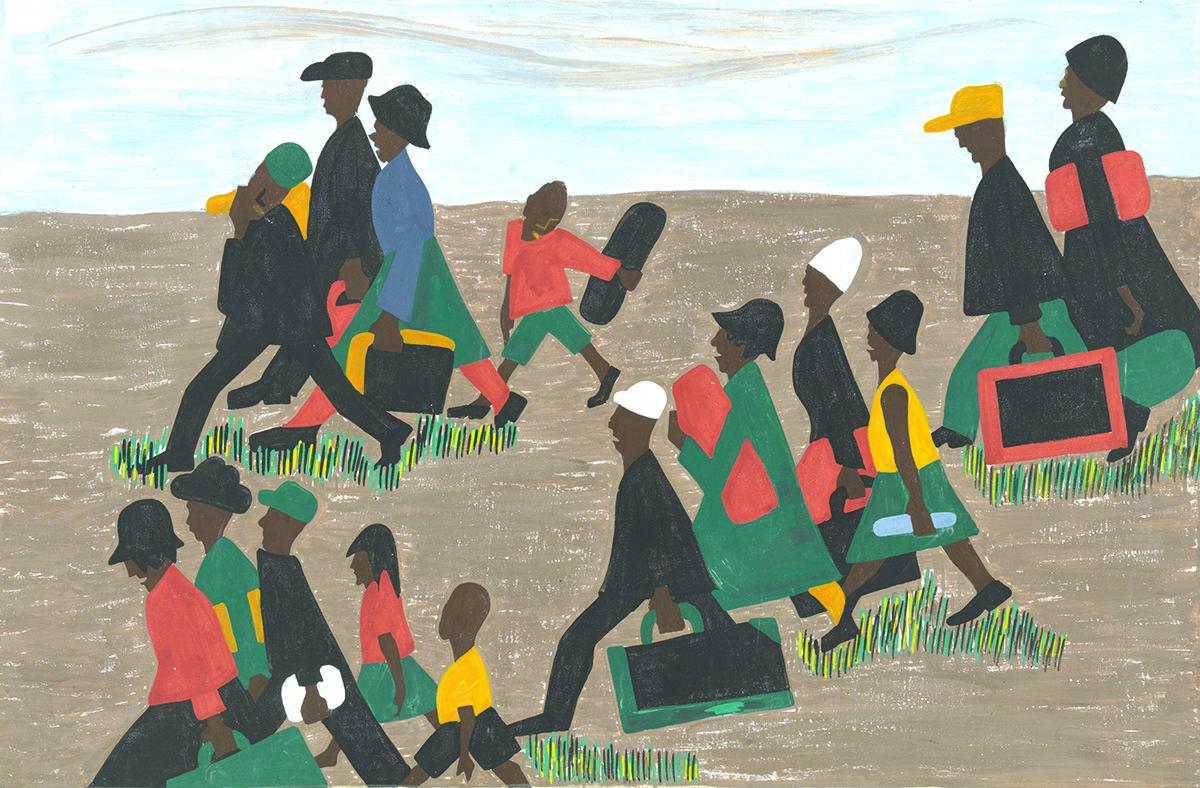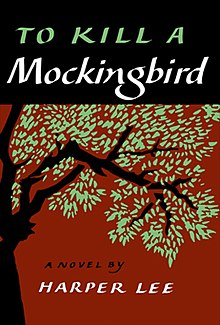The upcoming release of the Marvel movie, Black Panther, is a long overdue milestone not just for comics turn into movies, but black representation on cinema. The last black superhero to show up on movie screens was Wesley Snipes’s 1998 vampire slaying hero Blade. It was groundbreaking to see a superhero whose melanin was dark and his strength could kill blood thirsty vampire with a swing of his sword . Snipes’ Blade gave young black children someone to idolize that looked like them and made them believe the possibility of also appearing on the big screens.
On February 16th, when Black Panther releases, a new generation will witness for the first time a superhero who resembles themselves. Black Panther is a a title given to the king of Wakanda, a fictional country in Africa . The movie brings an Afrofuturism vision of what it would look like if an African country wasn’t colonized by European colonizers. Just like in actual African countries, Wakanda possesses a valuable resource called vibranium that is heavily sought after. It was used to make Wakanda the most technologically advanced society in the world.
The cast will be filled with black actors and actresses and will feature a variety of African culture in it. This type of representation is unheard of in comic book movies because the typical superhero is a white man or woman from the American cities like New York or a fictional one like Metropolis. This movie breaks down white culture’s grasp on blackness as Jamil Smith says, “films that depict a reality where whiteness isn’t the default have been ghettoized, marketed largely to audiences of color as niche entertainment, instead of as part of the mainstream”. This film is important for the next generation as it focuses on identity, incorporates black representation, shows the beauty of African culture, and invites its audience to a world that many like myself, is mesmerized by.


